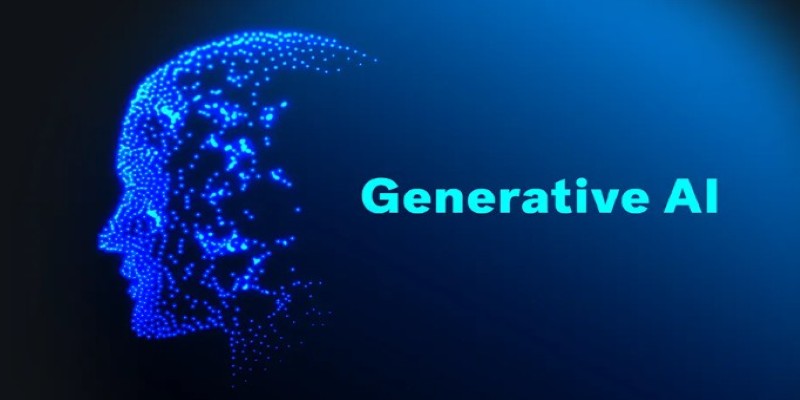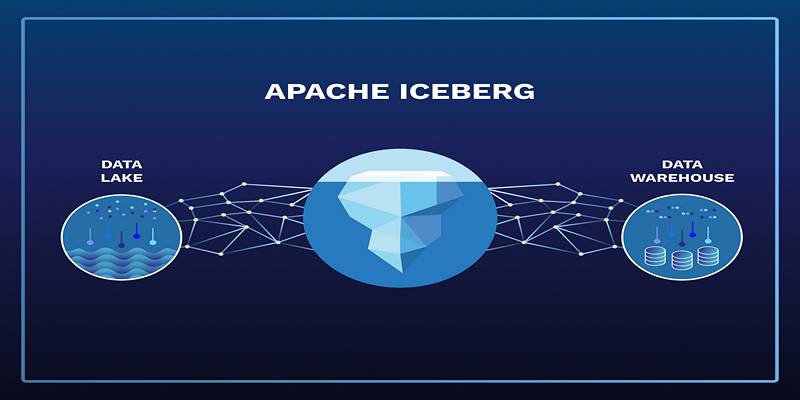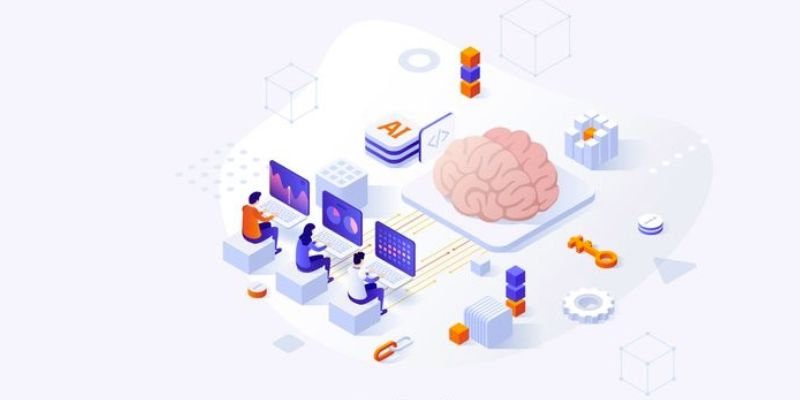In mathematics and data science, certain topics often sound more complicated than they actually are. Eigenvectors and eigenvalues are one of those topics. These terms are used frequently in machine learning, physics, computer graphics, and more. Despite their technical-sounding names, their meaning can be understood easily when broken down into simple concepts. This post provides a beginner-friendly explanation of what eigenvectors and eigenvalues are, how they work, and why they matter—all explained in simple words.
What Are Vectors and Matrices?
To understand eigenvectors and eigenvalues, it’s important to know what vectors and matrices are.
A vector is a list of numbers. These numbers represent a direction and length in space. For example:
- (2, 3) is a 2D vector that points somewhere on a flat surface.
- (1, 0, -1) is a 3D vector that represents a point or movement in 3D space.
A matrix is like a box of numbers arranged in rows and columns. It acts like a machine that transforms vectors. Matrices can rotate, stretch, shrink, or flip vectors.
What Do Eigenvectors and Eigenvalues Mean?
Eigenvectors and eigenvalues come from multiplying a matrix by a vector. In most cases, when a matrix is applied to a vector, the direction and size of the vector both change. But some vectors don't change direction; they just get stretched or shrunk. These unique vectors are "eigenvectors." The eigenvalue is the measure of how much they are stretched or shrunk.
In simpler terms:
- An eigenvector keeps pointing in the same direction even after transformation.
- An eigenvalue tells how much that vector was stretched or shrunk.
A Simple Example of Eigenvectors and Eigenvalues

To make it clearer, here is a very basic example.
Suppose a matrix is:
ini
CopyEdit
A = [ 2 0 ]
[ 0 3 ]
And a vector is:
ini
CopyEdit
v = [ 1 ]
[ 0 ]
When this matrix is multiplied by the vector, the result is:
java
CopyEdit
A × v = [ 2 ]
[ 0 ]
This output is simply the original vector scaled by 2. The direction is the same. So:
- The vector [1, 0] is an eigenvector of matrix A.
- The eigenvalue is 2 because the vector was stretched by 2 times.
How Are They Calculated?
Finding eigenvectors and eigenvalues involves solving a mathematical equation, but here is a simplified version of the process.
Step 1: Use the formula
The goal is to find vectors v and values λ such that:
java
CopyEdit
A × v = λ × v
This equation means that multiplying matrix A by vector v results in the same direction, just scaled by λ.
Step 2: Rearrange the formula
The formula becomes:
java
CopyEdit
(A - λI) × v = 0
Where I is the identity matrix (a special kind of matrix with 1s on the diagonal and 0s elsewhere).
Step 3: Solve for λ (eigenvalue)
To find λ, calculate the determinant of (A - λI) and set it equal to 0:
mathematica
CopyEdit
det(A - λI) = 0
Solving this gives the eigenvalues.
Step 4: Find the eigenvectors
Once λ is known, it is plugged back into the formula (A - λI) × v = 0 to solve for the vector v (the eigenvector).
Why Are Eigenvectors and Eigenvalues Important?
Many people ask why anyone should care about these concepts. The truth is eigenvectors and eigenvalues are used in real-world applications across various industries. They help in understanding the structure of data, simplifying complex systems, and finding meaningful patterns. Here are some of their real-world uses.
1. Search Engines
Search engines like Google use eigenvalues and eigenvectors in their ranking algorithms. The famous PageRank algorithm uses these ideas to figure out which websites are most important.
2. Facial Recognition
In face recognition systems, a person’s face is broken down into vectors. The system uses eigenvectors to detect patterns and match faces accurately.
3. Image Compression
Large images contain a lot of data. Eigenvectors help compress the image by keeping the important parts and discarding the less important ones.
4. Machine Learning and Data Science

In machine learning, eigenvectors are used in dimensionality reduction techniques like Principal Component Analysis (PCA). It helps reduce the number of features in large datasets while keeping the important information.
5. Physics and Engineering
In engineering and physics, eigenvalues describe vibrations in structures like bridges and buildings. They help analyze how structures respond to various forces.
Another Example with Steps
Consider the following matrix:
ini
CopyEdit
A = [ 4 2 ]
[ 1 3 ]
The goal is to find the eigenvalues.
Step 1: Subtract λ from the diagonal
css
CopyEdit
[ 4-λ 2 ]
[ 1 3-λ ]
Step 2: Calculate determinant
ruby
CopyEdit
(4 - λ)(3 - λ) - (2)(1) = 0
=> λ² - 7λ + 10 = 0
=> λ = 5 and λ = 2
These are the eigenvalues.
Step 3: Find eigenvectors
For each λ, plug it back into (A - λI)v = 0 and solve for v. This gives the eigenvectors for each eigenvalue.
Why It Matters for Beginners
For anyone learning math, programming, or data science, understanding eigenvectors and eigenvalues is valuable. They form the base of many algorithms and techniques. Even though they sound complex, the core idea is quite simple. By practising with small matrices and visual examples, learners can easily grasp the concept. Over time, this knowledge becomes useful in real-world applications.
Conclusion
Eigenvectors and eigenvalues are powerful mathematical tools that appear in many fields—from science to technology. While the math behind them can get advanced, the concept is very straightforward: some vectors keep their direction when transformed, and eigenvalues tell how much they’re stretched. For beginners, starting with simple examples and understanding the logic behind the process is the best way to build confidence. Once these basics are clear, exploring more advanced topics becomes easier. Whether working on data analysis, AI systems, or engineering problems, understanding eigenvectors and eigenvalues provides a strong mathematical foundation for solving real-world challenges.











